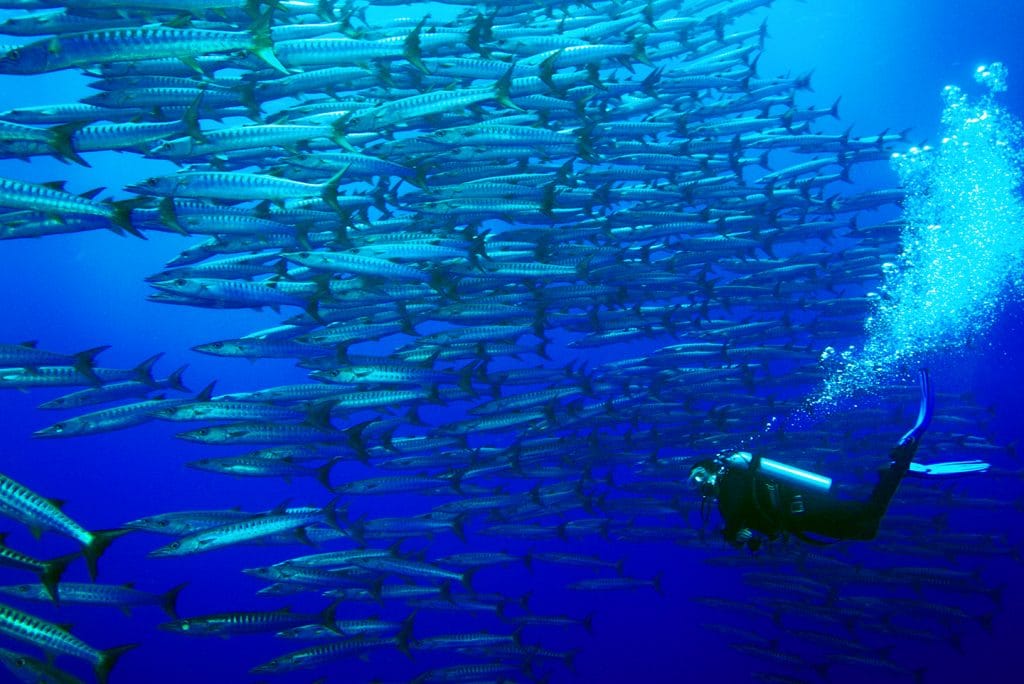The Philippines is home to many underwater treasures just waiting to be discovered and explored. Nestled in the apex of the Coral Triangle, the Philippines is a vital part of the world’s center of marine biodiversity.
Tubbataha Reefs is tagged as the mecca of Philippine scuba diving. In the depths of these warm waters lie an amazing wreck called the Delsan Wreck. It is named after the remnants of a small ship that capsized at the southeastern end of South Atoll.
Marine life encounters

Delsan Wreck is known for sightings of large schools of oriental sweetlips and barracudas. You can also look forward trenabol e side effects to seeing schools of trevally at the edge of the reef. Frogfish, Moorish idols, and crayfish are also found here in great numbers.
You may also come across eagle rays, turtles, and a variety of sharks such as nurse sharks and white-tip reef sharks making rounds at the reef. Get a chance to spot tiger sharks patrolling this marine zone.
When the season is right, you can enjoy the privilege of scuba diving with the whale sharks. Locally called Butanding, these incredible creatures can reach a length of 40 feet or more and tip the scale at 20.6 tons.
Even the sandy bottom is full of life. Marble rays like to rest on the seafloor and bury themselves under the sand with just their eyes showing. A marble ray can be identified by the mottled black and white pattern on the upper surface of its body. These bottom feeders are not generally aggressive but they are capable of giving a nasty sting if threatened. Shuffle your feet across the sandy bottom to alert the stingray of your presence. This kind of action is likely to make a ray uncover itself and swim away.
Macro life
This dive site is great for macro photographers because of the presence of Pygmy seashores. It is quite a challenge to pinpoint these tiny seahorses because they blend so well with their habitat. The rounded tubercles all over its body usually match the color and shape of the gorgonians. The wreck is also home to colorful nudibranchs, juvenile reef fish, shrimps, crabs, and other crustaceans.
“The Cut”
The wreck is ideal for advanced divers because the currents are strong. Grey reef sharks take advantage of the highly active currents to hunt for schools of fish feeding within “The Cut”. This area is characterized as a large gap in the coral that measures 30m deep by 20m wide. This open crack is full of marine life and home to large pelagic fish.
Drift diving opportunities
The dive is completed as a drift dive since the currents are strong in Delsan Wreck. It plateaus at around 10 to 15 meters and then goes down to a maximum depth of 30 meters. The visibility in the area is normally very good and can reach around 30 meters.
Drift diving is a kind of scuba diving where the diver is carried by the current. Some describe drift diving as a relaxing type of diving because you just go with the flow. Instead of fighting the current, you allow yourself to be transported by the movement of the water.
You should have a safety plan in case you drift too far away from your group. Always carry a surface marker buoy (SMB) and learn to deploy it. You can use this valuable diving tool to signal to your boat and help the crew spot you as you make your ascent.
Don’t worry if you’re not an experienced drift diver. Discovery Fleet Philippines have seasoned dive instructors who can help build your experience and skills.
Best time to go
Sign up on our liveaboard Philippines to experience the best wreck diving in the Philippines. The best months to dive at Delsan Wreck are from late-March to mid-June. Our liveaboard ship is perfectly equipped to take you on a journey to explore this amazing wreck in Tubbataha.
